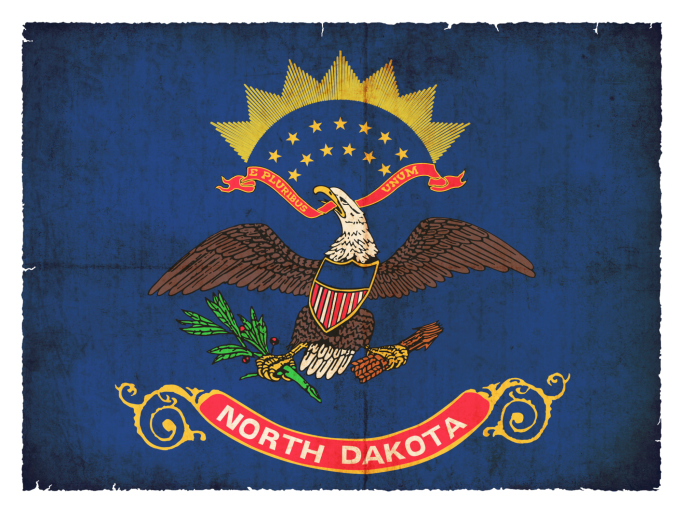|
The Breadcrumbs widget will appear here on the published site.
Why Are There Two Carolinas and Two Dakotas? Ever wonder why we have two Carolinas and two Dakotas? Did the state name-creators simply run out of ideas? Nope. Turns out in both cases the territories split due to riotous behavior, incompetent governance and a touch of bureaucratic jockeying. A Tale of Two CarolinasEarly French settlers to the Carolina territory were immediately driven out by Native American tribes. The English swooped in, but faired not better: the area was subject to open rebellion, corrupt officials, malaria and smallpox epidemics, and the despicable pirate Blackbeard, who prowled up and down the coast tormenting the landlubbers. (Incidentally, his ship was recently discovered off the coast of North Carolina.) After some failed attempts by British aristocratic family to get the colony under control, King Charles II passed the land off to a different, and equally ineffectual, club of British aristocracy—the Lords Proprietors—who ruled from 1663 to 1729. The Lords Club fought constantly and were unable to make coherent decisions ranging from the role of church, to dealing with the two Indian tribes not keen on British encroachment. The governors they appointed were either deposed by locals, or banished from the territory for alleged crimes. It was a gritty time in the heart of the South. Finally, to make the unruly territory more manageable, the Proprietors focused on governing the northern section—dubbed North Carolina. The two regions were officially recognized as separate colonies in 1729, from which point there was smoother sailing. A Tale of Two DakotasThe bitter winter cold and gruesome violence between White settlers and Sioux Indians made the Dakota territory an unappealing area before the 1874 discovery of gold. At this point, prospectors started pouring in—creating squalid camps, decimating the Black Hills for mining, and escalating hostilities with the Sioux. Railroad construction quickly followed, encouraging a surge of new settlers in the northern part of the territory. Problem: the capital of the time—Yankton—was in the south. Sh*t was getting real in the north, the remote capital was unable to govern effectively, and so northerners declared their own capital—Bismark. Congress capitulated, but still wanted to recognize the authority of the south. So they cut a line dividing the territory into two. But there’s a twist! Newly-minted president and republican, Benjamin Harrison, helped sway Congress to allow the split. Why? To create not one . . . but two Republican majority states. So many historians feel the real reason Congress accepted a division of the Dakotas was for redistricting (still an issue constantly at play today). Because what’s a good story of intrigue without an element of political numerical maneuvering? Image: ThinkStock #Real #Ravishly #HighOnHistory #States #Carolina #Dakota Visit our shop and subscribe. Sponsor us. Submit and become a contributor. Like us on Facebook and follow us on Twitter. CommentsComments are closed.
|
|









